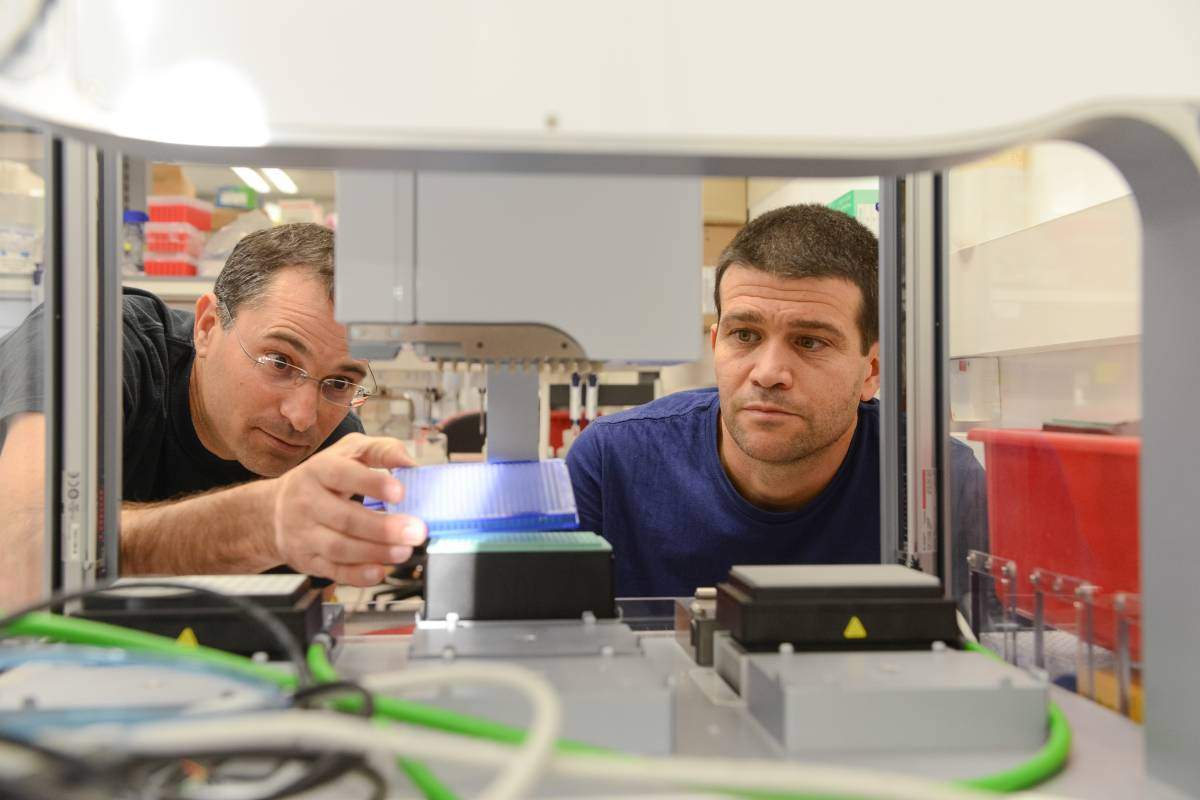Are you a journalist? Please sign up here for our press releases
Subscribe to our monthly newsletter:

A great international effort has just been launched to map and characterize every single cell in the human body, aiming to understand the precise cellular and molecular components of life. Among the 38 teams to be joining the Human Cell Atlas project is one from the Weizmann Institute of Science. This team, headed by Prof. Ido Amit of the Immunology Department and Prof. Amos Tanay of the Biological Regulation, and Computer Science and Applied Mathematics Departments, is among the few outside of the US, and the only one in Israel, accepted to participate in the project, which is being funded by the Chan Zuckerberg Initiative, established by Mark Zuckerberg and Priscilla Chan.
“A huge revolution is taking place in the development of new technologies and analytics that are helping make our vision come true: the creation of a complete reference of all human cells, a critical reference map similar to that of the chemistry periodic table of elements. This will allow us to understand how healthy cells work, as well as which cells and pathways are involved in disease and pathology, and this will ultimately aid in the development of new diagnostics and drugs,” says Amit.
Amit, Tanay and colleagues have been collaborating on developing single-cell sequencing technologies and analytics, which can characterize the entire genetic content of single cells at unprecedented resolution and throughput. The scientists’ role in the Human Cell Atlas project is to develop technologies and analytical methods to map human bone marrow and blood cells using novel massively parallel single cell sequencing technologies. The aim is to ultimately provide aids for the diagnosis and treatment of various blood cancers, such as multiple myeloma and lymphomas.
Read more about Amit’s and Tanay’s research.